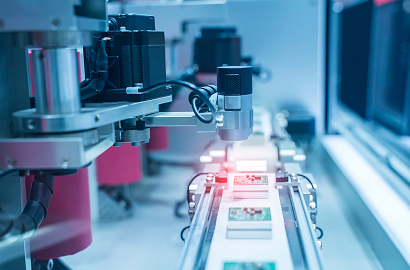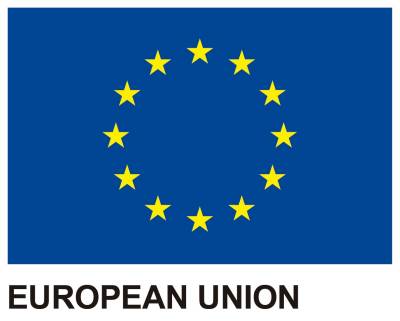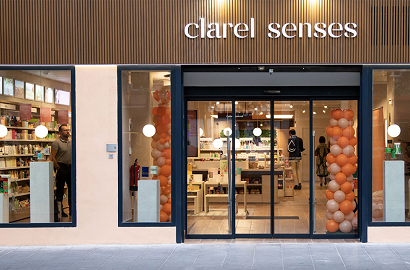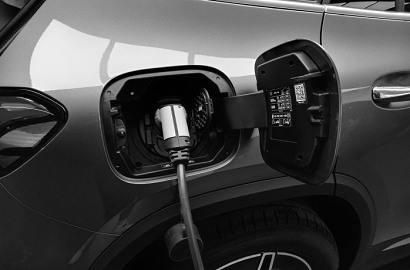Spain ranked fourth in EU in industrial robotics investment

A total of 3,800 new units were installed in 2022, an increase of 12% that was driven by the automotive industry
Industrial robotics continues to grow in the European Union, where nearly 72,000 new units were installed in 2022, 6% more than in the previous year. If non-member states are included, growth was just 3%, with a total of 84,000 units. According to data published by the International Federation of Robotics (IFR), Spain is the fourth country in the 27 member states in terms of investment in this sector, behind Germany, Italy and France, and ahead of Poland.
As the president of the IFR Marina Bill points out, investment in these five countries “represents around 70% of all the industrial robots installed in the EU in 2022”. In Spain, there was an increase of 12%, bringing the total number of installations to 3,800 new units.
The automotive industry: the key driver
As is the case in Germany, in Spain, the automotive industry is the main industrial robotics customer. As the International Organisation of Motor Vehicle Manufacturers (OICA) points out, these are the two largest automobile manufacturing countries in Europe.
In 2022, companies in the sector, which includes component manufacturers, installed 900 industrial robots in Spain, 5% more than in 2021. Next came the metal industry, which grew by 20% and matched it in terms of the number of units. Together, they accounted for nearly half of all new installations.
Germany and Italy
Germany remains the biggest investor in industrial robotics, with 26,000 units in 2022, representing 37% of all those installed in the European Union. In fact it is already the country with the fourth highest robot density, behind Japan, Singapore and South Korea. The main investors are the automotive, metal, chemical and plastics industries.
The second largest robot market in the EU is Italy, where an all-time high in new installations was reached in 2022. There were 12,000 new units, 10% more than in the previous year, accounting for 16% of the EU total. The main investor was the metal and machinery industry, followed by chemicals and plastics and food and beverages.
France and Poland
France ranked third, with 7,400 new industrial robots - 15% more than in 2021. The metal industry was the biggest customer, followed by the automotive industry. Demand is expected to grow in France thanks to the 100 billion-euro stimulus package the government has put together for investment in smart manufacturing equipment.
Behind Spain, Poland reduced its investment in industrial robotics in 2022, after peaking in 2021 with 3,500 new units and after a strong nine-year upward trajectory. The 3,100 installed last year were primarily split between the metal and machinery and automotive industries. According to the IFR, the war in neighbouring Ukraine weakened the manufacturing industry, but up until 2027 they will be able to benefit from EU investment support of 160 billion euros.




